

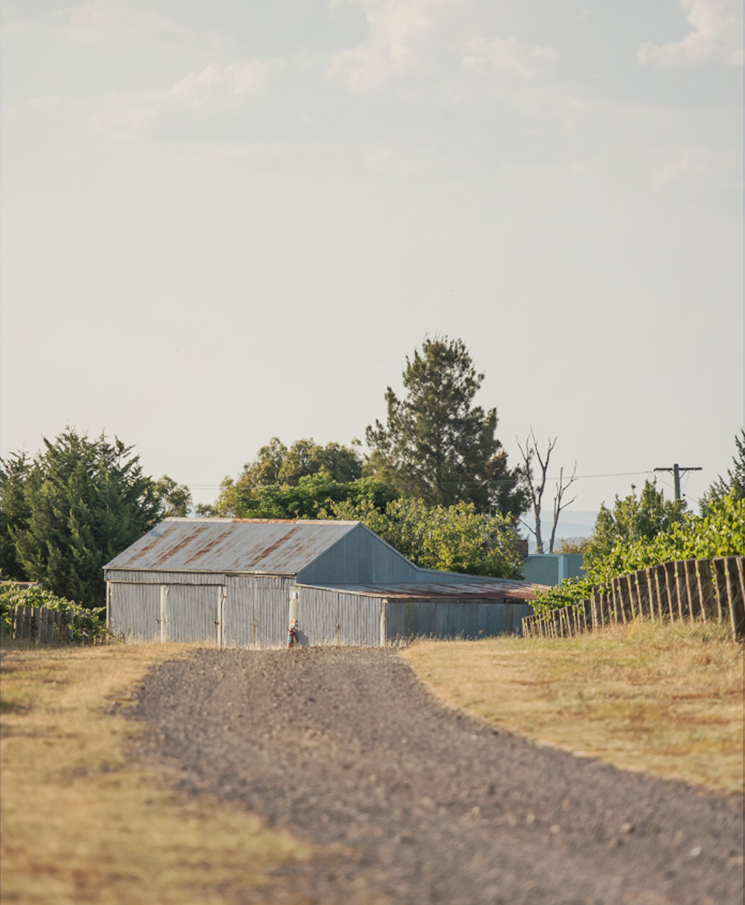

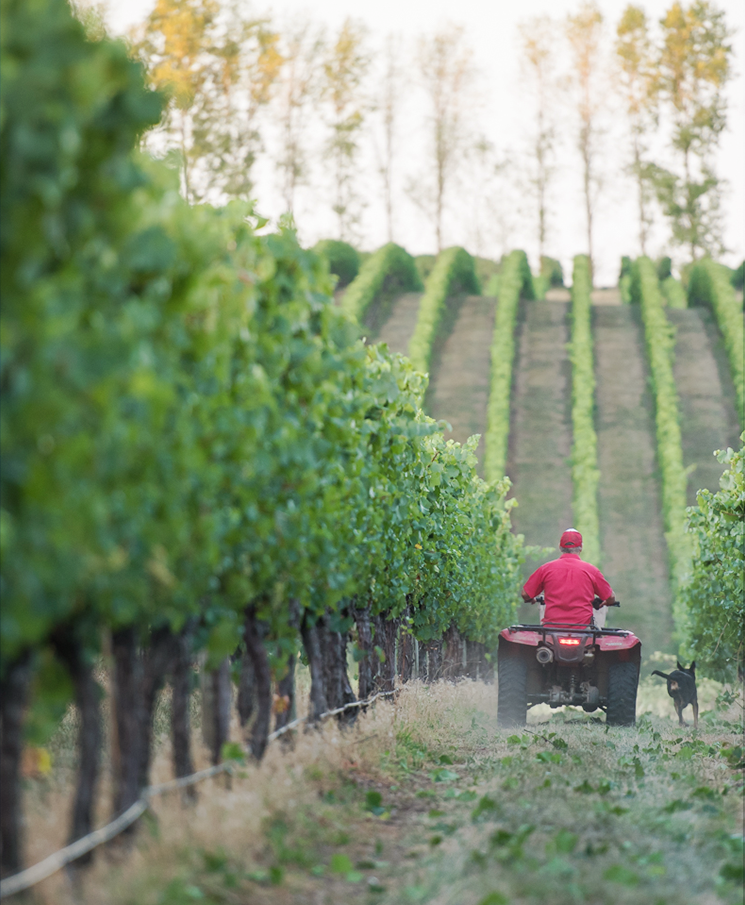
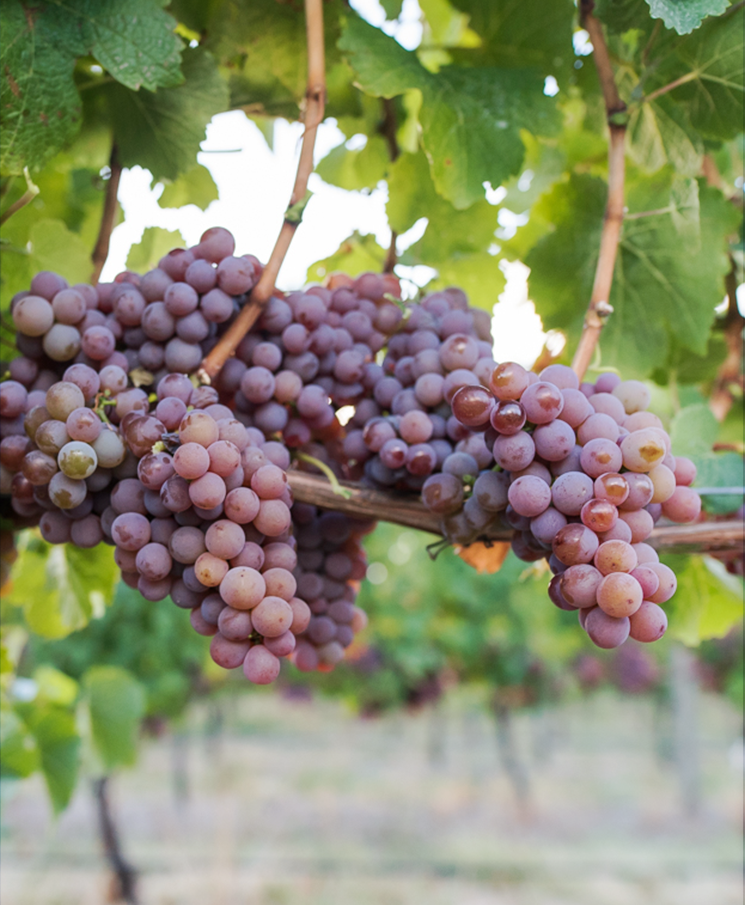

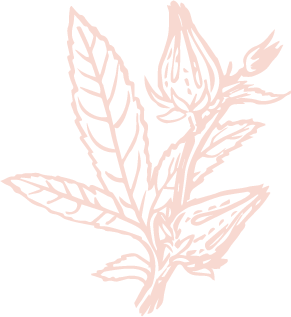
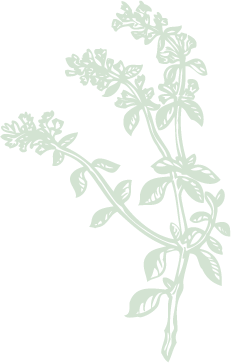
Our aperitifs are blended with award-winning organic wines made from sustainably farmed grapes grown at See Saw Wines in Orange, New South Wales.




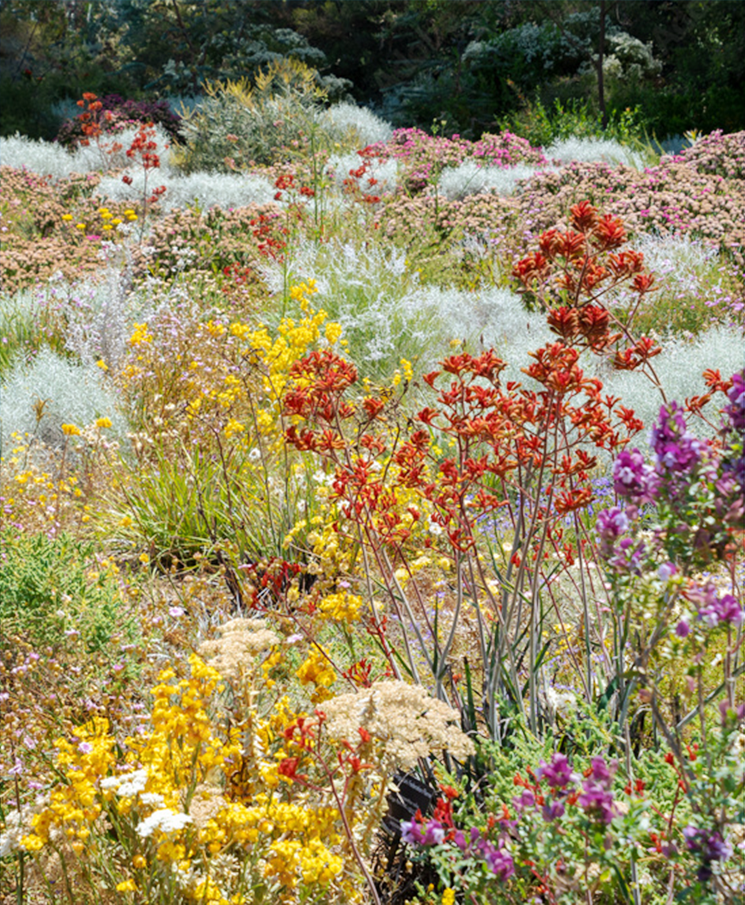
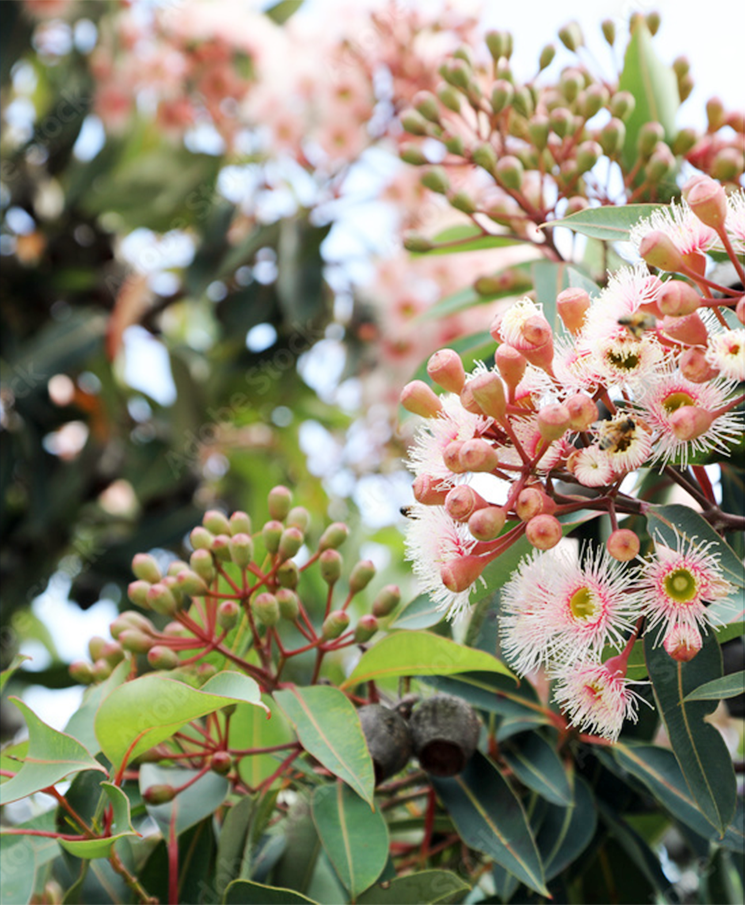
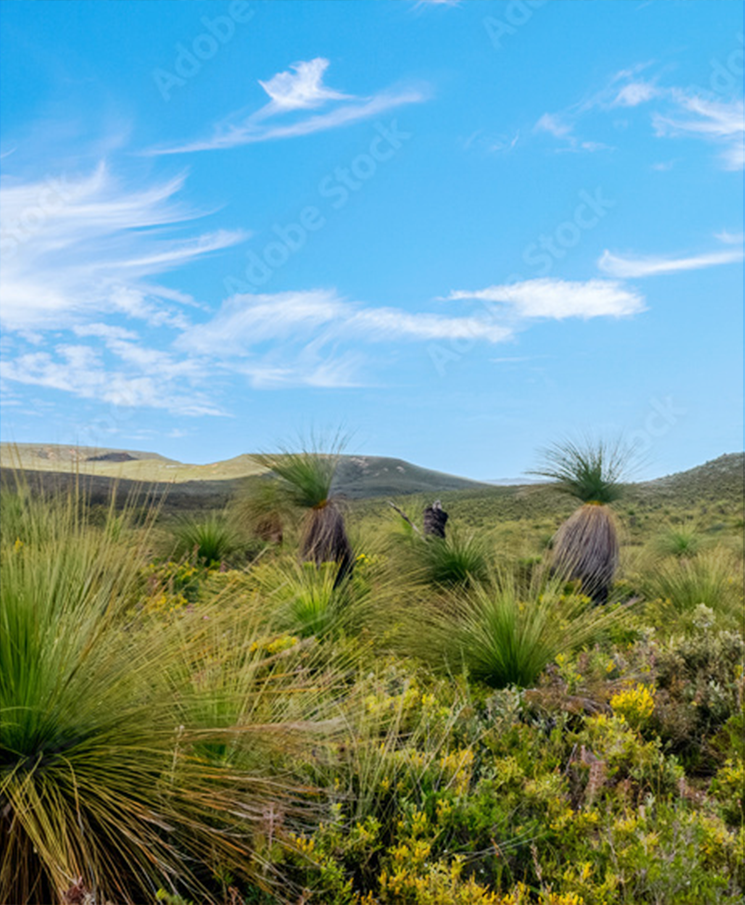
Our organic wines are purposefully matched and blended with indigenous Australian botanicals sourced from Aboriginal communities, to create uniquely Australian flavor experiences.
These indigenous botanicals are amongst the most nutrient-rich ingredients in the world, imparting more than just truly unique flavours!
Please click on one of the botanicals below for a detailed description.



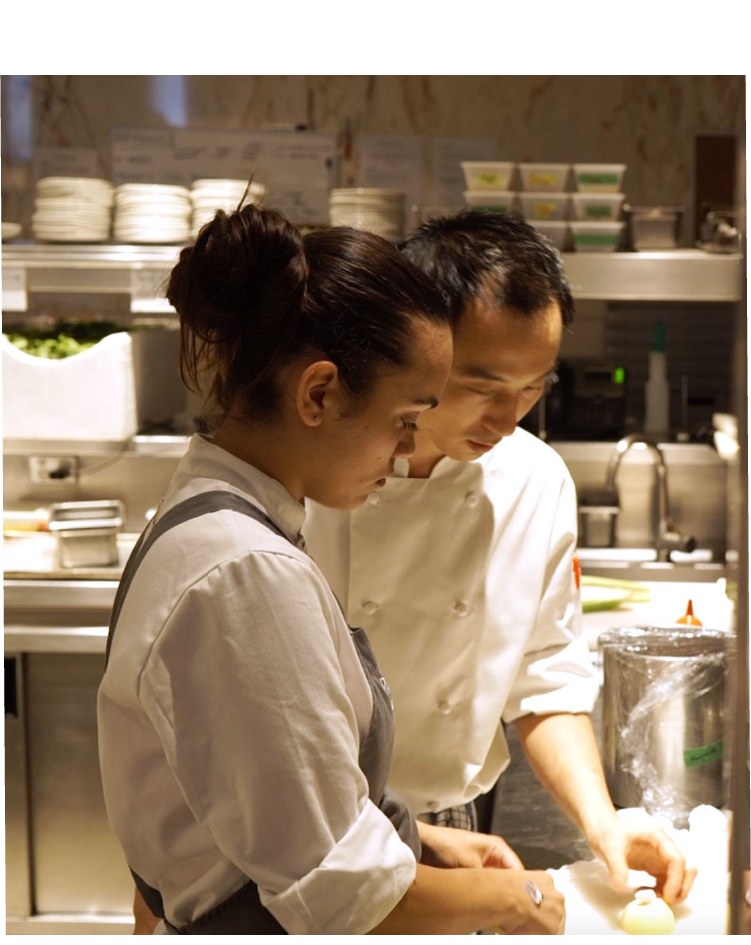


We are very proud to be a charity partner with the National Indigenous Culinary Institute (NICI), who works tirelessly with indigenous communities to offer careers in the hospitality sector for their community members in some of Australia’s leading restaurants.
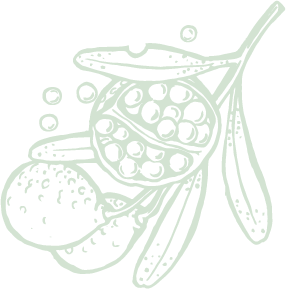


All Right Reserved ©2025 REGAL ROGUE | Terms of Use | Privacy Policy | CONTACT
From vintage 2007, our first vineyard was certified organic as part of a long term plan to embrace sustainability as a core philosophy. All of our wines are now certified organic.
Justin & Pip Jarrett’s sustainable and low-impact viticulture and winemaking highlights their respect for the environment. They go beyond organics, embracing sustainability on a much larger scale. It’s all about managing natural resources, being water and energy efficient. Recycling as well as constantly looking for improvement in waste reduction.
Being a sustainable business is not only about environmental soundness, but economic feasibility, and social equity and impact as well.
Our sustainability focus at the farm includes:
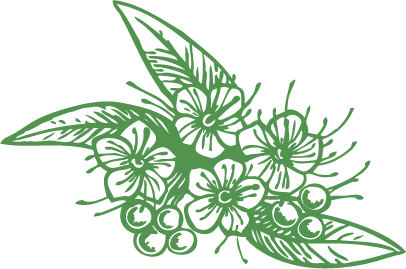
Central & south-eastern Queensland
Often described as ‘lemonier than lemon’ lemon myrtle leaves contain the highest concentration of citral of any plant on earth. Also known as lemon scented myrtle or scented ironwood, lemon myrtle is an indigenous flowering plant in the Myrtaceae family.
Traditionally used as medicinal herb for treating headaches, lemon myrtle is an excellent source of folate, Vitamins A and E as well as variety of essential minerals including zinc & magnesium.
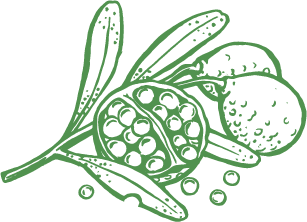
Queensland, New South Wales, and South Australia
The Desert Lime is one of the most resilient Citrus species on the planet, comparatively heat, drought and cold tolerant. The 1889 book ‘Useful Native Plants of Australia’ refers to the desert lime as native kumquat and/or desert lemon.
A very rich source of calcium, containing high levels of Vitamin C, folate (Vitamin B9), Vitamin E and Lutein. The desert lime also has a high potassium content which has traditionally been used to reduce blood pressure.
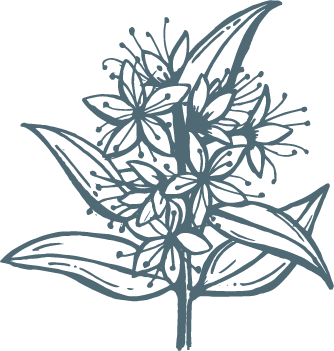
Nambucca and Bellinger Valleys, New South Wales.
With common names ringwood and aniseed tree, is a rare Australian rainforest tree with an aromatic leaf that has an essential oil profile comparable to true aniseed. Ringwood’s natural distribution in the wild is restricted to the subtropics of New South Wales.
Aniseed myrtle is high in anethole (among a host of other adaptogens) which is a compound traditionally used to treat acid reflux, intestinal cramps, colic and flatulence!
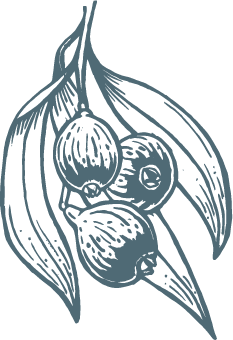
The central deserts and southern areas of Australia.
Is a hemiparasitic plant in the sandalwood family, Santalaceae. The species, especially its edible fruit, is also commonly referred to as quandong or native peach. The Wiradjuri people of New South Wales use the name guwandhang, from which the name quandong was adapted.
A valuable vegetarian / vegan source of iron and zinc, Quandong is also a wonderful source of Vitamin E, folate, magnesium & calcium. A rich source of phenolic-based antioxidants traditionally used to boost immune systems & reduce inflammation.
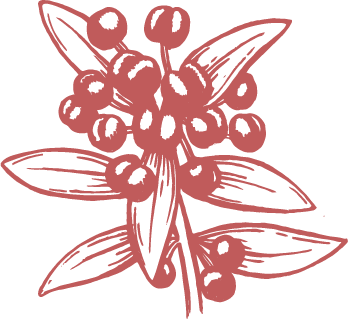
South-eastern Australia.
Also known as pepper tree, mountain pepper or pepperbush, pepperberry is a species of flowering plant in the family Winteraceae, indigenous to south-eastern Australia and Tasmania in particular.
Pepperberry berries are rich source of the compound polygodial which has traditionally been used as an anti-inflammatory. Pepperberry is also a rich source of antioxidants.
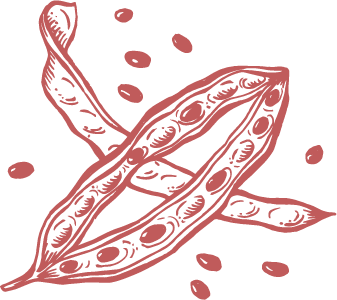
Sourced throughout Australia.
The edible seeds from any of 120 species of Australian Acacia that were traditionally used as food by Aboriginal Australians. Acacia seed flour has recently gained popularity in Australia due to its high nutritional content, hardiness, and low toxicity. It is used due to its chocolate, coffee, hazelnut flavour profile.
Due to its low glycemic index, it is suitable for incorporation into diabetic foods.
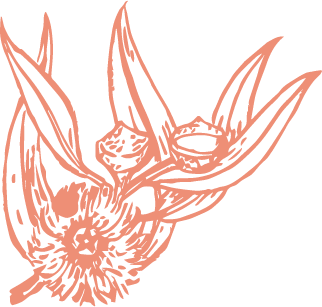
A restricted area of New South Wales.
Sometimes referred to as forest berry, Strawberry Gum is a small to medium sized tree with rough, flaky & fibrous bark.
Strawberry Gum, a great source of antioxidants also boast anti-fungal and ant-bacterial properties which have traditionally been used to help calm the stomach and improve intestinal health.
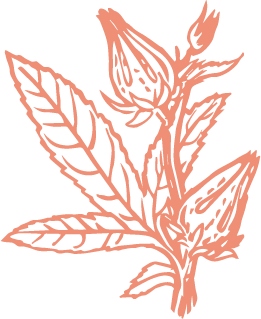
New South Wales or Queensland.
Rosella is a flowering tropical shrub in the family Malvaceae with white, pale pink or yellow flowers with a dark red centre.
Rosella flowers are loaded with vitamin C, vitamin D, B1, B2, calcium, magnesium, omega-3, and essential acids. In traditional medicine, rosella is known to enhance stamina, detoxify the body, lower blood pressure, and alleviate coughs and sore throats.
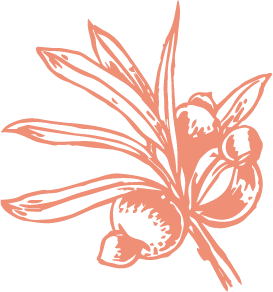
Eastern Queensland and eastern New South Wales.
Known as the plum pine or the Queensland Christmas tree, the Illawarra Plum is a species of Podocarpus.
Regarded as one of New South Wales’ finest wild fruits, the Illawarra Plum has been valued by Indigenous communities and early settlers alike. It’s lauded for its high antioxidant and vitamin C content, traditionally used to treat colds, coughs, infections, skin ailments, headaches, and rheumatism.
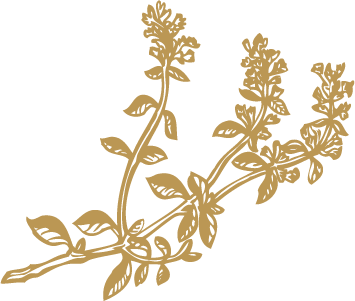
South-eastern Australia
Also known as cut-leaf mint bush or native sage, native thyme is a species of flowering plant in the family Lamiaceae. A strongly aromatic shrub with pale mauve flowers.
Native thyme leaves have a complex flavour with hints of mint, citrus & pepper. They are a rich source of both Vitamins C & A.